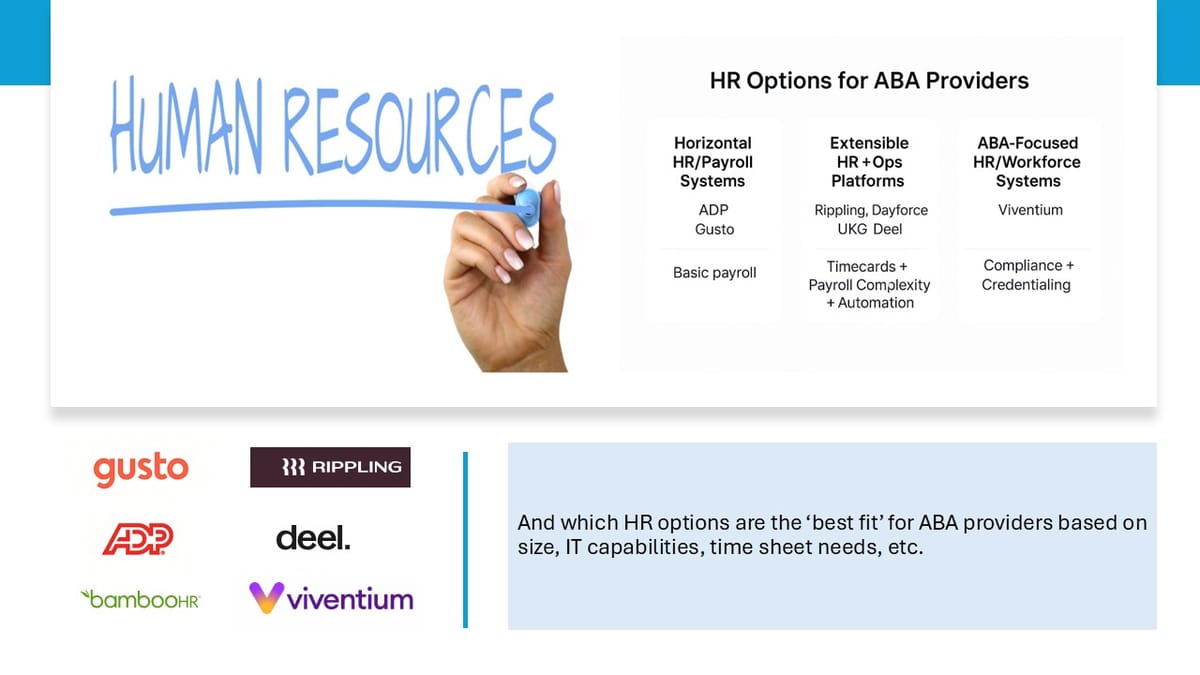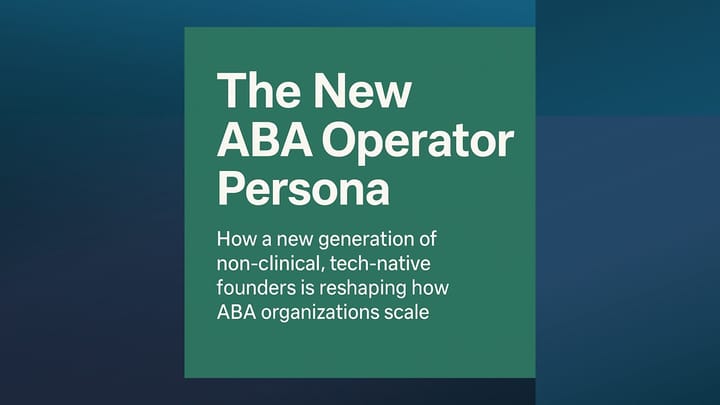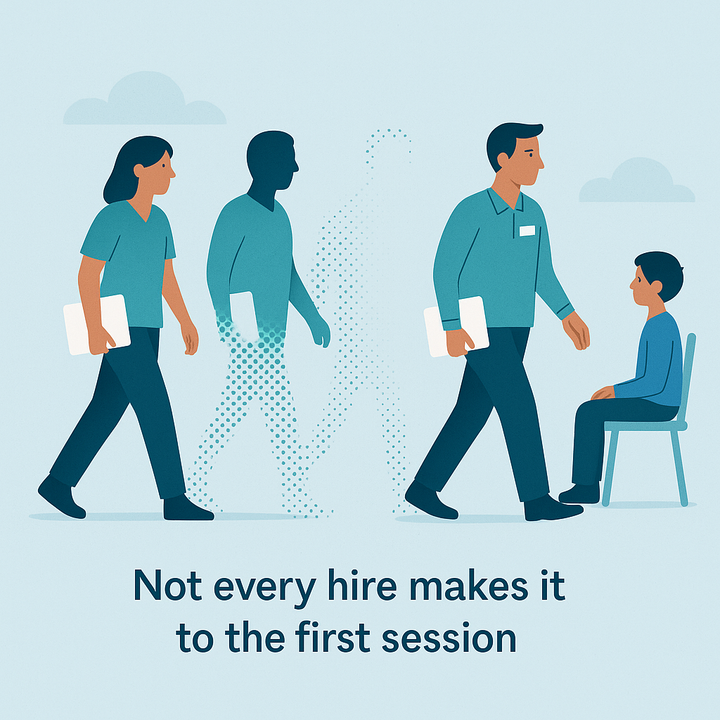Choosing the Right HR Platform for ABA Providers

HR isn’t just about payroll, entering new hires or updating employee demographics. In ABA, it means managing credentialing, multi-state compliance, high-turnover frontline staff, and aligning workforce data with the rest of the ABA stack. The HR system you choose shapes how scalable your operations will be — and whether you spend more time on care delivery or administrative firefighting.
I see the market breaking into three categories:
1. Horizontal HR/Payroll Systems (Industry-Agnostic)
Examples: ADP, Gusto, Paychex, BambooHR
These systems serve any industry — from coffee shops to tech startups to ABA clinics. They cover the basics: payroll, tax filing, onboarding, and benefits.
Best fit:
- Startup clinics and smaller ABA providers (<100 staff)
- Teams with straightforward payroll and HR needs
- Orgs that want affordability and speed, knowing they’ll supplement with other tools later
Strengths:
- Affordable and easy to implement
- Robust payroll/tax compliance
- Widely adopted with strong customer support
Limitations for ABA:
- Weak on blended pay (RBTs in multiple roles or locations)
- Limited support for shift differentials, retro pay
- Timecards are usually basic hours entry — not true clock-in/out by role or location
- Minimal integration with Practice Management, Applicant Tracking Systems, or Customer Relationship Management platforms
- No healthcare-specific compliance features
2. Extensible HR + Ops Platforms (HR + IT + Finance)
Examples: Rippling, Dayforce, UKG, Deel
These platforms go beyond HR to include IT and Finance. They’re designed for organizations that need automation and control — not just payroll processing.
Best fit:
- Mid-sized ABA providers (100–500+ staff)
- Providers with distributed IT needs (RBT tablets, laptops, SaaS apps)
- Organizations without large IT teams that want automation to handle account setup, device management, and offboarding
- Multi-site groups that need timecards to accurately separate clinical vs administrative work
Strengths (the sharp contrast with horizontals):
- Timecards with clock-in/out: role-based and location-aware, geofencing, manager approvals, break/meal tracking
- Payroll complexity: handles blended rates, shift differentials, and retroactive adjustments natively
- Automation: device/app provisioning, identity management, offboarding automation (reduces IT overhead)
- Finance hooks: integrations with general ledger (GL), spend controls, and payroll-to-accounting sync
- Integrations: APIs to connect with PMS, ATS, and other operational tools
Limitations for ABA:
- Not healthcare-specific — no credentialing workflows or license-based payroll controls
- More expensive and heavier to implement than horizontals
- Still need to layer in credentialing systems or compliance tools
3. ABA-Focused HR/Workforce Systems
Examples: Viventium
These platforms are tuned for healthcare and ABA. They directly address compliance and credentialing, alongside payroll complexity.
Best fit:
- Larger ABA providers (200–1,000+ staff)
- Multi-state operators managing compliance across jurisdictions
- Providers where credentialing and accurate payroll are strategic bottlenecks
Strengths (Viventium as a case study):
- Credentialing & license management tied to payroll workflows
- Blended-rate, shift differentials, and retro pay built in
- Timecards that support clinical vs administrative role splits
- Detailed pay stubs showing role, hours, and location for staff transparency
- Compliance baked in: ACA, exclusion monitoring, multi-state rules
- Integrations with PMS, ATS, and GL for more seamless operations
Limitations:
- Narrower scope than extensibles (no IT/device provisioning, spend management, or finance automation) and limited integration with HR specialties like performance and talent management.
Commentary: Which Category Fits Which ABA Provider?
- Horizontal (e.g. Gusto/ADP):
Works for small providers with <100 staff. Simplicity and affordability win early, but they break down quickly once you need payroll nuance or timecards by role. - Extensible (e.g. Rippling/Dayforce):
Best for mid-sized providers or those without large IT teams. Automation covers timecards, payroll complexity, and IT/device management — things horizontals can’t handle. - ABA-Focused (e.g. Viventium):
Designed for larger, multi-state ABA providers where payroll and compliance must be credentialing-aware. They won’t replace IT tools, but they solve ABA’s hardest HR problems.
👉 Takeaway: Horizontals work until payroll complexity grows. Extensibles reduce IT and payroll overhead as you scale. ABA-focused systems close the gap by tying payroll, credentialing, and practice management together. Pick the one that matches your size, complexity, and growth path.



